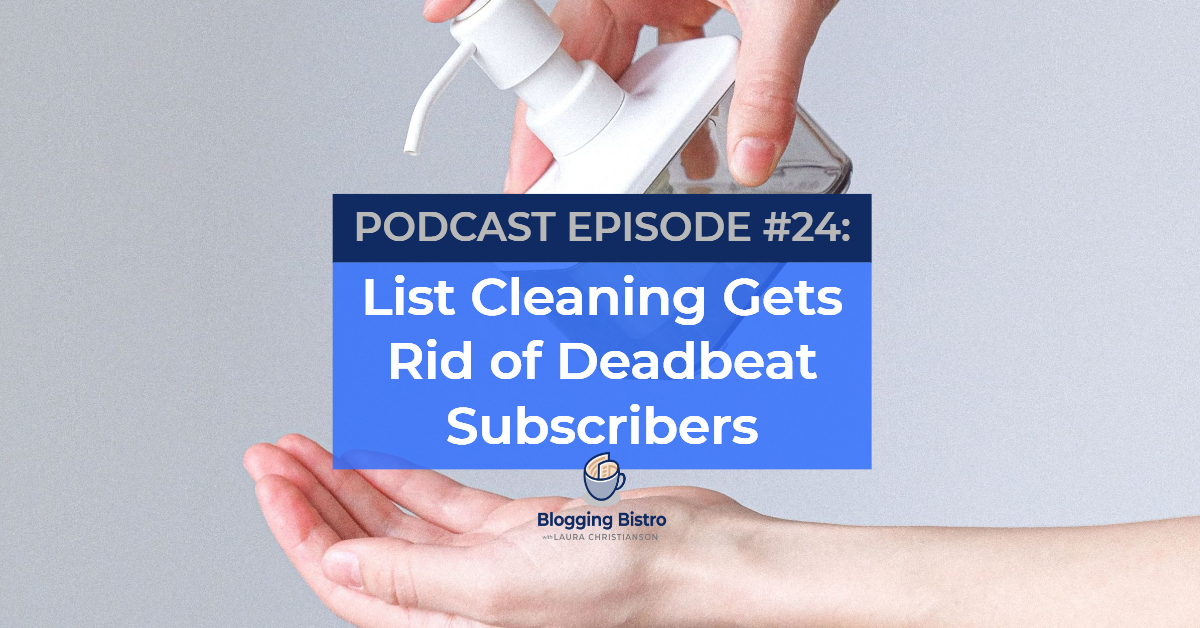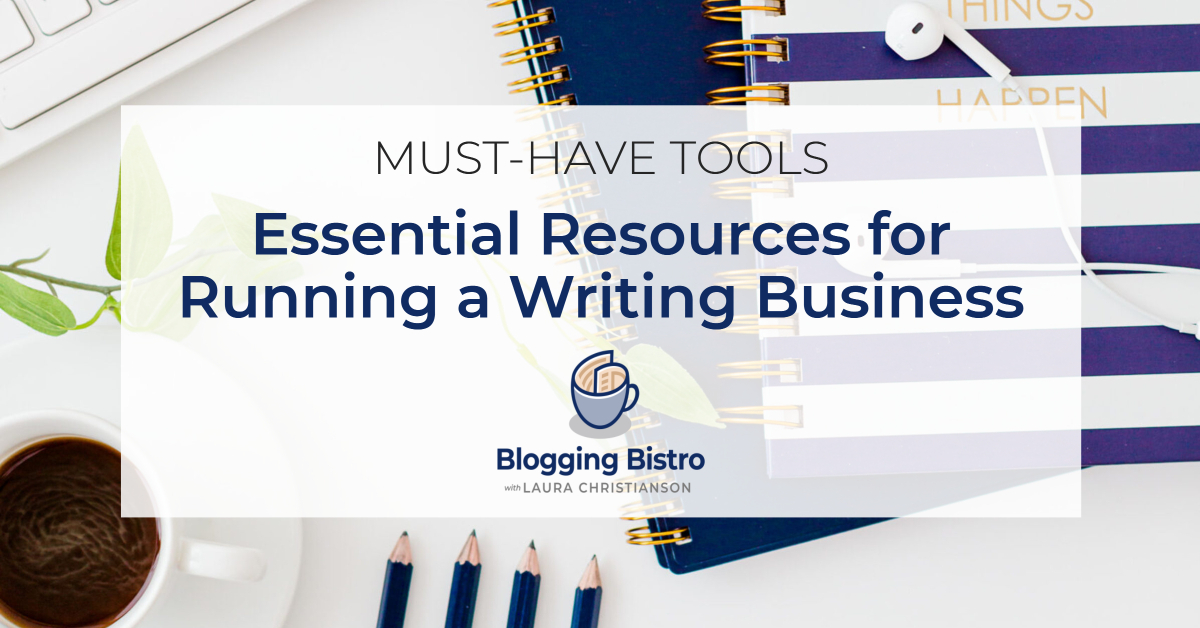24 – List Cleaning Gets Rid of Deadbeat Subscribers

I recall the time a salesperson from The Washington Post called and tried to sell me a subscription to the newspaper. They attempted to convince me that, as a business owner, I absolutely had to subscribe in order to keep up with the latest, greatest news and analysis on business.
My reply to the salesperson: “You realize I live in the OTHER Washington, right? That is, Washington State, on the West Coast?
“But, but, but… you need to subscribe to this newspaper for the business news! No business person anywhere in the United States can successfully do business without reading this newspaper.”
“Actually, I’ve been in business for years and while I do occasionally read your newspaper, my business is doing fine. Thanks but no thanks.”
This was an example of a corporation casting their net too wide, mistakenly assuming that their ideal subscriber is any businessperson anywhere in the United States, even if they live 2,768 miles away from where the newspaper is published.
You may be wondering what this example has to do with cleaning your email list. Quite a bit. Many of us actively seek to grow the number of subscribers who are on our email list.
Similar to what The Washington Post did with me, we reach out to people who we think would be interested in what we have to offer, and we invite them to subscribe.
We don’t want to grow a list of the wrong subscribers.
The wrong subscribers are people who sign up for our list just so they can download some random freebie we created, but who aren’t ultimately interested in our message and don’t care about connecting with us over the long haul.
When I advise writers not to grow a large list of random subscribers, many of them balk, because they’ve been told by industry pros that a large list is essential for:
- Getting the attention of traditional publishers who want to see big numbers before offering contracts
- Selling your book (whether it’s traditionally or self-published)
It can be helpful to have a large email list, if that list consists of true fans, readers, clients – people who feel a connection with you and eagerly anticipate what you have to share with them.
Building a large list of people who are not in your ideal target reader demographic is a waste of time, and you’ll likely see little or no return on your investment.
Your ideal reader is NOT everyone in the world
You might be protesting, “But Laura, my writing appeals to everyone… women and men of all ages and from all walks of life.”
I’m going to flat-out tell you, “No, it does not.”
If you attempt to reach everyone in the world with your message, chances are that you will reach no one.
In reality, the audience for your books, your blog, your podcast, or your email marketing is a narrow slice of the world.
3 ways ideal readers engage with you
Even though you may have grown a list of 10,000, 100,000, or 1 million or more subscribers, a large list does not necessarily equal the right list. Even when you build a list of the right audience for your message, your ideal readers will typically engage with you in one of these three ways:
1. Passive action window shoppers
Imagine going to the mall. You stroll slowly by each store, gazing at the window displays, peering in the door to see what kind of merchandise they sell. As you meander through the food court, you might taste-test the chicken teriyaki. You’re window shopping.
This is the case with a lot of people who sign up for lead magnets or free gifts. They want something they can use right away and they’re mildly interested in what you have to offer. But they’re window shopping. They may step inside, but they most likely aren’t ready to buy from you.
Many window shoppers will hang around on your list for quite some time. They’ll open your emails, listen to your podcast, read your blog, like your Facebook page, but you’ll rarely hear directly from them.
2. Intentional engagers
These people want to get to know you better. When they receive a message from you in their inbox, they often reply to it. They comment on and share your social media posts. These subscribers are intentionally choosing to know you, like you, and trust you. They likely haven’t purchased anything from you, but they’re feeling open to it.
3. Massive action takers
These subscribers are highly engaged. They have likely met you face-to-face, either at an event, conference, or via a video conference call. They may have taken a workshop from you or attended a webinar you taught. They have likely posted something original about you on social media – not just a comment on one of your posts, but an original post that references how much they like something you did for them.
How to get the best return on your time investment
A lot of entrepreneurs feel obligated to interact with the passive action window shoppers, in an attempt to nudge them into becoming intentional engagers or massive action takers.
There’s nothing wrong with doing this, but I recommend that you invest most of your energy into interacting with groups 2 and 3, the intentional engagers and massive action takers. Invite them to join you for a Zoom chat. Direct message them from your social channels.
These are the people who form the backbone of your email list and are the people most likely to buy your books or other products, services, and programs, or “buy into” your life-transforming message.
Lump-on-a-log subscribers
There’s a fourth group of subscribers who haven’t even reached the “passive action” level. They’re what I call the lump-on-a-log subscribers. They’re just there, on your list, taking up space.
There are three subsets of lump-on-a-log subscribers:
1. Freebie seekers
They typically subscribe just to get your free gift or lead magnet, and then immediately unsubscribe. Some of them neglect or forget to unsubscribe, but after they grab your freebie, they never open another one of your emails.
2. Flash-in-the-pan subscribers
These subscribers are your biggest fans… for a few weeks. They enthusiastically join in every conversation, email you regularly, and assure you that they’re going to buy everything you have to sell. But they quickly lose interest when the next shiny object comes their way and you never hear from them again.
Word Nerd Moment
The idiom, flash in the pan, has been around since the late 17th century. It was used to describe a flintlock musket, which had a small pan that held gunpowder. When an attempt was made to fire the musket and the gunpowder flared up but did not fire a ball, it was a “flash in the pan.” These days, the idiom refers to having an impressive or showy beginning, but ultimately, disappointing or failing to deliver.
3. “I’m just not that ‘into’ you”
These subscribers have more stick-to-itiveness than flash-in-the-pan subscribers, but after a while, they lose interest.
There are lots of reasons why this might happen, and it’s often a result of something you did, not something the subscriber did.
- Perhaps you shifted your brand messaging or started writing in a different genre or started writing for a significantly different type of audience than you were doing when you started your email list.
- Perhaps you transitioned from giving away everything to selling stuff, and your subscriber feels as if you’ve become overly salesy.
- Perhaps you significantly raised your prices.
- Perhaps you took a lengthy break from emailing your subscribers, and in the interim, they lost interest.
- Perhaps their own life circumstances or business circumstances changed – they retired, or switched career paths, or decided to take a break from writing to raise their kids – and your emails are no longer relevant to them.
Whatever the reason, a shift happened and that subscriber is no longer “into” you.
Delete lump-on-a-log subscribers, guilt-free!
You can delete the lump-on-a-log subscribers from your email list today without feeling an ounce of guilt. Frankly, less than 1% of lump-on-a-log subscribers are likely to become passive action window shoppers, intentional engagers, or massive action takers.
There are so many people out there who are a good fit for what you have to offer, that you don’t need to feel guilty about removing the lumps on a log from your list.
Going through this process will free you up to go deeper with the people who do like the way you do business, the way you present yourself, and the expertise you have to offer.
Why I deleted thousands of lump-on-a-log subscribers
I’ve had an email list for many years and thousands of my subscribers joined my list when I first started my business. However, in October of 2019, I made a slight shift in my brand messaging and a significant shift in my audience targeting – from a general entrepreneur, small business owner to the owner of a writing-related business.
When I made this shift, many of my early subscribers were no longer in my “ideal target client” range. If you visualize this in terms of a dart board, they were nowhere near the bullseye in the center of the dart board. They moved to the outer reaches of the board, or off the board altogether.
On a monthly basis, I closely examine my email list to see who’s opening my emails and who’s clicking links in emails. Every three months, I clean or scrub my email list.
How I clean my email list
I search for subscribers who subscribed to my list more than six months ago but haven’t opened any of my emails during the last four months. Then I create a segment of only those subscribers.
By going back six months or longer, I’m showing a little grace to those subscribers who recently joined my list but may not have gotten around to opening an email from me yet. But if someone has been on my list longer than 6 months, and I send them an email every single week and they haven’t opened any of my messages, that shows me that they just aren’t into me.
Re-engagement campaign
What you can do at this point, as an interim step before unsubscribing and then deleting these people entirely, is to create a “re-engagement” campaign. This is a series of one-to-three messages where you attempt to win back those stagnant subscribers. You have to use a catchy subject line that entices them to open your message, and probably offer them a juicy freebie, as well.
In my experience and based on what other marketers advise, re-engagement campaigns see very little return. In other words, if you email your subscribers weekly and they never open any of your messages, they’re not likely to open your re-engagement messages, either.
I skip the re-engagement campaign and say goodbye to these people. It’s kind of like Marie Kondo’s method of de-cluttering. I say, “Thank you for subscribing. Bye bye!”
The first time I cleaned my email list after my brand shift, I deleted over half my subscribers (gulp).
Now I routinely clean my list every three months, deleting several hundred subscribers at a time.
It’s a little painful and scary to say goodbye to these people, but the numbers don’t lie. If someone has been on your list since 2017 (or 2018, or 2019) and hasn’t opened a single message from you, that’s a clear message that they aren’t interested.
While I’m grateful for the people who subscribed to my email list in the first place, I know, based on decades of experience, that 99% of the lump-on-a-log subscribers will never become clients, customers, or book buyers.
Deleting one person from your email list – or 100, or 1,000, or 10,000 – will enable you to more clearly identify and serve the people who are most likely to decide to do business with you.
FREE: Email Marketing for Writers Course
Ready to start or re-tool your email marketing? Need a refresher on the basics?
I invite you to sign up for my free course, Email Marketing for Writers: 7 Days to Launch Your List. Whether you’re starting from zero or seeking to skyrocket your signups, this 7-day video training will help you master the essentials.
In addition to the video training, you’ll receive my cheatsheet, 22 (Wahoo!) Email Marketing Ideas for Writers, as well as my quickstart guide to popular email marketing services and landing page builders.
Click here to have the course delivered to your email inbox.
Discover your ideal target audience
If you’ve fallen into the trap of assuming that your ideal reader is “everyone,” or you aren’t sure who your ideal reader is, I can help. I offer an audio training and workbook that you can do at your own pace that will help you get to know your ideal audience better than you thought possible. Click the link to sign up: Find Your Ideal Target Audience
How to Keep Up With the Show
Click here to join my my email list and I’ll notify you about every episode. (When you subscribe, you’ll also get my free guide, Essential Resources for Running a Writing Business.)
Join The Professional Writer Podcast Community (private Facebook group), where we discuss what we’re learning, meet our guests, and encourage one another on our writing journeys.
If you know a writer who would be interested in The Professional Writer Podcast, please share this link with them:
https://bloggingbistro.com/podcast
Thank you!
Laura



